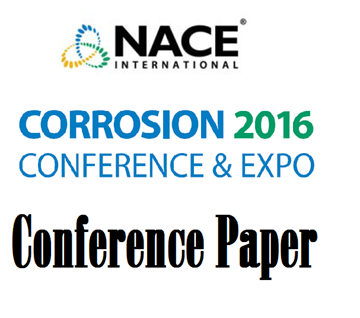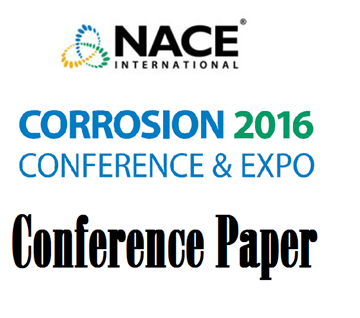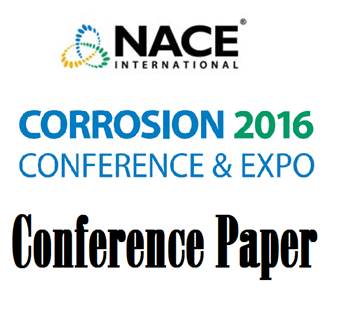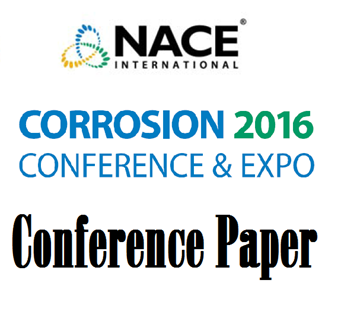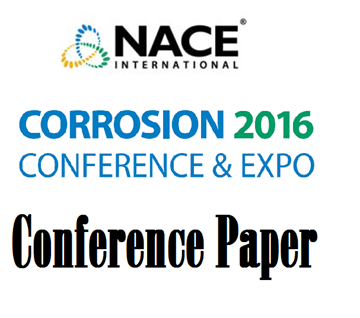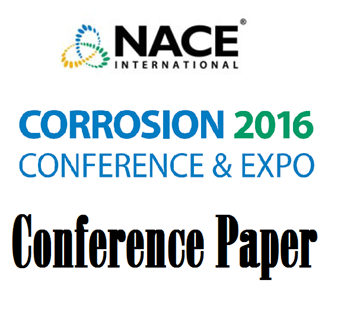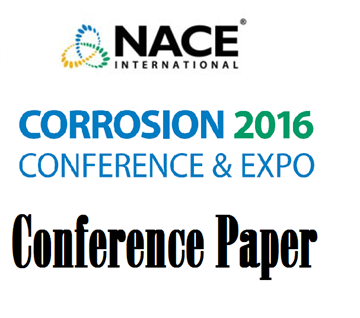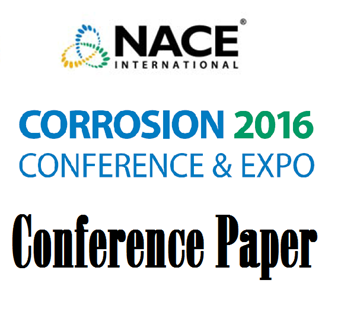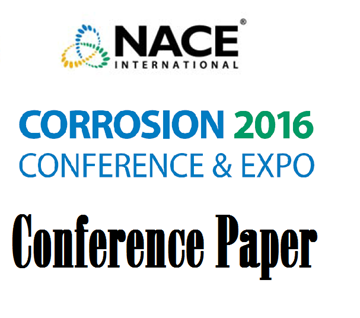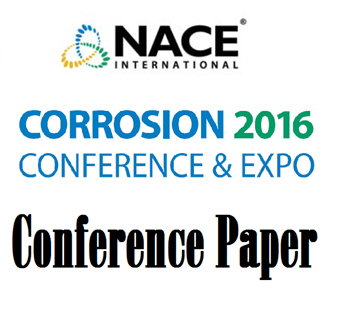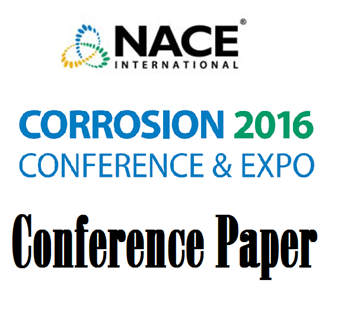Search
Products tagged with '2016 Conference Papers'
View as
Sort by
Display
per page
51316-7034-Seawater Cooler Tubes: Corrosion And Leaks Due To Microbiologically Induced Corrosion
Product Number:
51316-7034-SG
ISBN:
7034 2016 CP
Publication Date:
2016
$20.00
51316-7036-Abrasion-Corrosion Resistance of Stainless and Wear Resistant Steels for Oil Sands Applications
Product Number:
51316-7036-SG
ISBN:
7036 2016 CP
Publication Date:
2016
$20.00
51316-7038-Corrosion of Metals in Treated Wood Examined by Synchrotron Based Xanes and XFM
Product Number:
51316-7038-SG
ISBN:
7038 2016 CP
Publication Date:
2016
$20.00
51316-7039-Silica Removal By A Novel Electrochemical System
Product Number:
51316-7039-SG
ISBN:
7039 2016 CP
Publication Date:
2016
$20.00
51316-7055-Are You Trained Certified and Qualified to Assess Corrosion and Related Defects?
Product Number:
51316-7055-SG
ISBN:
7055 2016 CP
Publication Date:
2016
$20.00
51316-7058-Galvanic Series in Seawater as a Function of Temperature Oxygen Content and Chlorination
Product Number:
51316-7058-SG
ISBN:
7058 2016 CP
Publication Date:
2016
$20.00
51316-7065-Coating Deterioration-A Mechanistic Overview
Product Number:
51316-7065-SG
ISBN:
7065 2016 CP
Publication Date:
2016
$20.00
51316-7070-Reliability Assessment Of Offshore Asset Under Pitting Corrosion
Product Number:
51316-7070-SG
ISBN:
7070 2016 CP
Publication Date:
2016
$20.00
51316-7078-Internal Corrosion Direct Assessment Using Bayesian Networks Modeling With Limited Data-A Case Study
Product Number:
51316-7078-SG
ISBN:
7078 2016 CP
Publication Date:
2016
$20.00
51316-7083-The Role Of Local Chemistry Changes In Repassivation Of Localized Corrosion – A Review
Product Number:
51316-7083-SG
ISBN:
7083 2016 CP
Publication Date:
2016
$20.00
51316-7089-MP-ICDA Analysis On Block 12 And Block 15 Gathering Pipelines On Petroamazonas EP
Product Number:
51316-7089-SG
ISBN:
7089 2016 CP
Publication Date:
2016
$20.00
51316-7091-Improvement to Cathodic Protection Performance using DCVG Prioritization
Product Number:
51316-7091-SG
ISBN:
7091 2016 CP
Publication Date:
2016
$20.00

